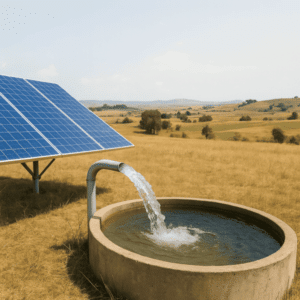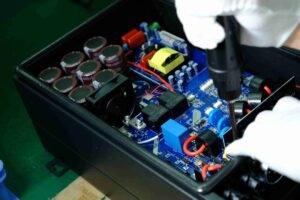
What Are the Hidden Costs of a Solar Water Pump System?
Many buyers only budget for the pump and inverter, overlooking crucial extra costs. This can lead to stalled installations or unexpected charges. Let’s uncover these hidden

Many buyers only budget for the pump and inverter, overlooking crucial extra costs. This can lead to stalled installations or unexpected charges. Let’s uncover these hidden

Water access is vital for agriculture and rural development—but unreliable grids and seasonal sun make system design complex. As an installer or distributor, your success depends

Unreliable solar power during cloudy, rainy, or low-light hours can interrupt water pumping, especially in off-grid areas. That’s where hybrid solar pump inverters come in —

When connecting solar panels to an inverter, many customers worry: “If my panels generate more current than the inverter datasheet shows, will it cause damage?” The

💡 Introduction Many assume solar pumps must use batteries. In reality, batteries are expensive, high-maintenance, and risky. Hober’s "Water Tower + Hybrid" solution is a smarter,

Worried about your solar pumping setup? High Isc values can scare installers, but they often won’t harm your system. In solar pumping inverters, Isc exceeding max
](https://hobertek.com/wp-content/uploads/2025/03/solar-pump-inverter-for-irrigation-efficient-water-pumping-solution-300x300.png)
How do you choose the right solar pump inverter? This article breaks down everything from power and voltage matching to efficiency, durability, and cost so you

Low water output from a running solar pump is frustrating and costly. Installers and farmers often blame the pump, but the issue usually lies elsewhere. Understanding

Water scarcity continues to affect millions across Africa, particularly in rural and agricultural communities. Solar water pumps have become a game-changing solution by offering reliable, off-grid
Hober offers a complete range of solar pump inverters and solar pump designed to meet the needs of various pump systems, from small household setups to large-scale agricultural or industrial applications.


*Your email information is completely secure and will not be disclosed to third parties for any reason.